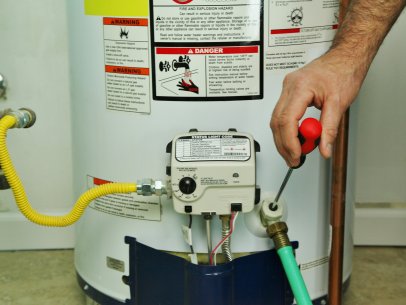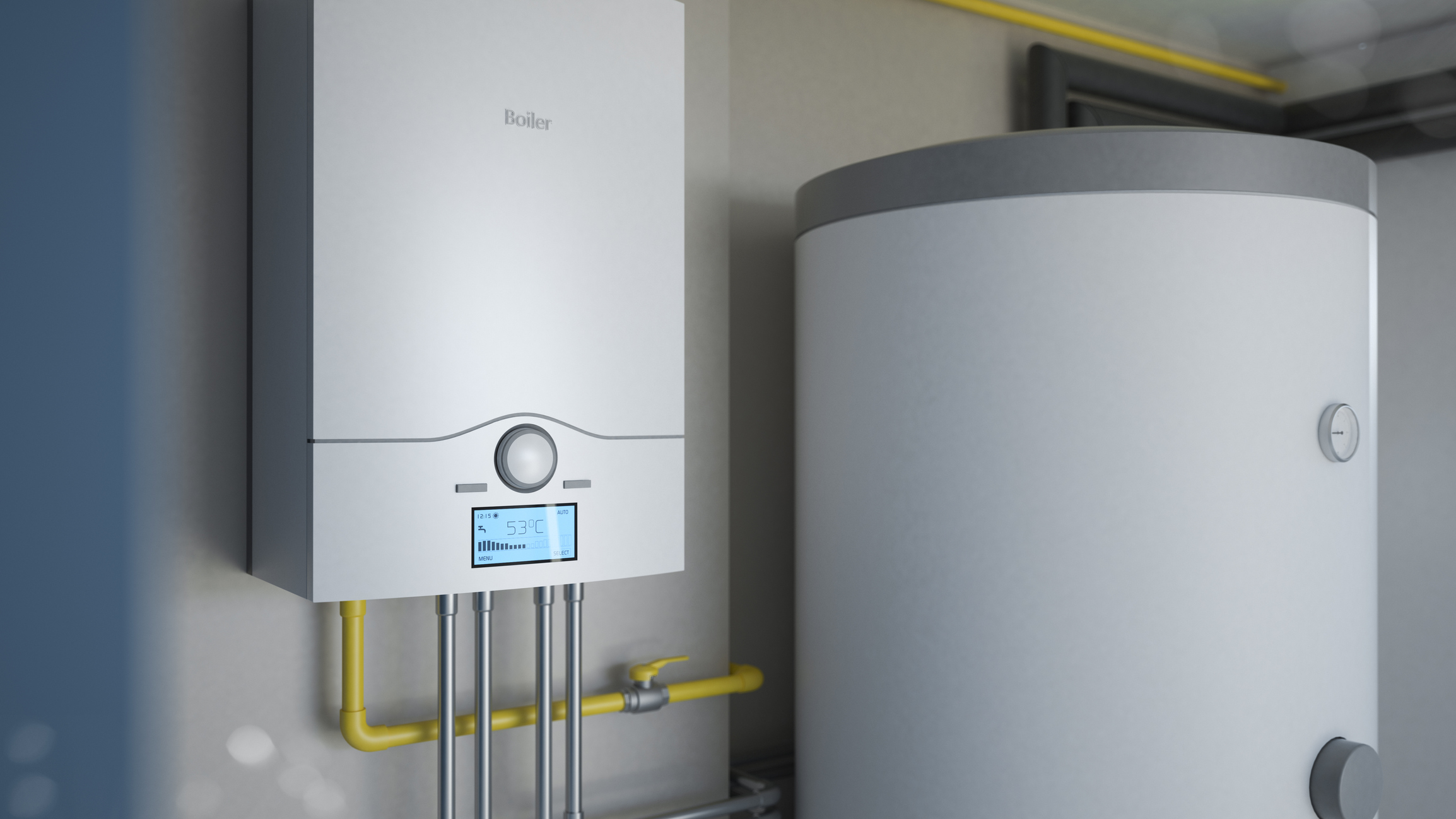Expert Guidance for Caring for Your Home's Hot Water SystemHow to Maintain Your Home's Hot Water System in Good ConditionSteps to Extend the Life of Your Home's Hot Water System Through Maintenance
Expert Guidance for Caring for Your Home's Hot Water SystemHow to Maintain Your Home's Hot Water System in Good ConditionSteps to Extend the Life of Your Home's Hot Water System Through Maintenance
Blog Article
We have unearthed the article on What Kind of Maintenance Do Water Heaters Need? below on the web and concluded it made good sense to relate it with you here.

Warm water is vital for day-to-day comfort, whether it's for a revitalizing shower or washing meals. To guarantee your hot water system runs effectively and lasts much longer, normal maintenance is essential. This write-up offers sensible tips and understandings on just how to keep your home's hot water system to stay clear of disruptions and pricey repair work.
Introduction
Preserving your home's hot water system could appear overwhelming, however with a couple of simple steps, you can guarantee it operates smoothly for several years to find. This overview covers whatever from recognizing your warm water system to do it yourself upkeep pointers and knowing when to contact specialist aid.
Value of Maintaining Your Warm Water System
Normal maintenance not just extends the life-span of your hot water system but likewise guarantees it operates effectively. Neglecting upkeep can result in decreased effectiveness, higher energy expenses, and even premature failure of the system.
Indications Your Hot Water System Needs Maintenance
Knowing when your hot water system needs focus can protect against significant concerns. Keep an eye out for indications such as irregular water temperature level, weird sounds from the heating unit, or rusty water.
Flushing the Hot Water Heater
Flushing your water heater removes debris accumulation, improving efficiency and lengthening its life.
Monitoring and Changing Anode Rods
Anode rods prevent deterioration inside the storage tank. Examining and replacing them when broken is critical.
Facility Problems Calling For Expert Help
Instances consist of major leaks, electric problems, or if your hot water heater is constantly underperforming.
Routine Specialist Maintenance Conveniences
Specialist maintenance can consist of complete assessments, tune-ups, and ensuring conformity with safety criteria.
Checking and Adjusting Temperature Level Settings
Readjusting the temperature setups ensures optimum performance and safety and security.
DIY Tips for Upkeep
You can do several upkeep tasks yourself to maintain your hot water system in top problem.
Checking for Leakages
On a regular basis inspect pipelines and links for leakages, as these can cause water damage and higher costs.
Recognizing Your Hot Water System
Before diving right into maintenance jobs, it's useful to comprehend the fundamental parts of your hot water system. Generally, this consists of the hot water heater itself, pipes, anode rods, and temperature level controls.
Monthly Upkeep Tasks
Regular monthly checks can assist catch minor concerns prior to they escalate.
Testing Stress Alleviation Valves
Examining the stress safety valve guarantees it works appropriately and prevents too much stress build-up.
Protecting Pipelines
Shielding hot water pipes minimizes warmth loss and can conserve energy.
When to Call a Professional
While DIY maintenance is helpful, some concerns require professional know-how.
Verdict
Normal upkeep of your home's warm water system is crucial for efficiency, longevity, and cost savings. By following these suggestions and understanding when to seek expert assistance, you can make certain a trusted supply of warm water without unexpected interruptions.
Water Heater Maintenance Tips
Test the TPR Valve
Shut off the power and the cold-water supply valve. Place a bucket under the pipe connected to the temperature-pressure-release (TPR) valve on the top or side of the tank. (This valve opens if the tank pressure gets too high.) Lift the valve’s tab to let some water out, then let go. If water keeps flowing, drain the tank partway, unscrew the old valve with a pipe wrench, and install a new one. Check the Anode Rod
Put a hose to the tank’s drain cock and let out a few gallons of water. Now fit a 1 1/16-inch socket onto the rod’s hex head on top of the heater (or under its top plate) and unscrew the rod. If it’s less than ½ inch thick or coated with calcium, buy a new one, wrap its threads with Teflon tape, put it back in the tank, and tighten securely. Use this segmented rod if headroom above the tank is limited. Drain the Tank and Wash Out Sediment
Drain the remaining water in the tank into the bucket, then stir up the sediment on the tank’s bottom by briefly opening the cold-water supply valve. Drain and repeat until clean water comes out of the hose. Close the drain cock, refill the tank, and turn its power back on. Adjust the Temperature
Find the temperature dial on the side of the tank and unscrew its cover. Adjust the dial to 120 degrees using a flathead screwdriver. For every 10 degrees the temperature is lowered, you can expect to save up to 5 percent in energy costs. Turn the water heater off or the thermostat down to its lowest setting if you plan to be away from home for more than three days. Insulate the Pipes
Buy some self-sticking 3/8-inch-thick foam pipe insulation that matches the pipes’ diameter. Slide the foam over the hot-and cold-water pipes as far as you can reach. Insulating the cold-water pipe prevents condensation in summer. Peel the tape and squeeze the insulation closed. If the pipe is 6 inches or less from the flue, cover it with 1-inch-thick unfaced fiberglass pipe wrap. https://www.thisoldhouse.com/plumbing/21016402/how-to-maintain-a-water-heater

I am very focused on How to Maintain a Hot Water Heater in a Few Simple Steps and I really hope you liked the entire page. Enjoyed our blog entry? Please quickly share it. Help others check it out. Kudos for being here. Return soon.
Show Details Report this page